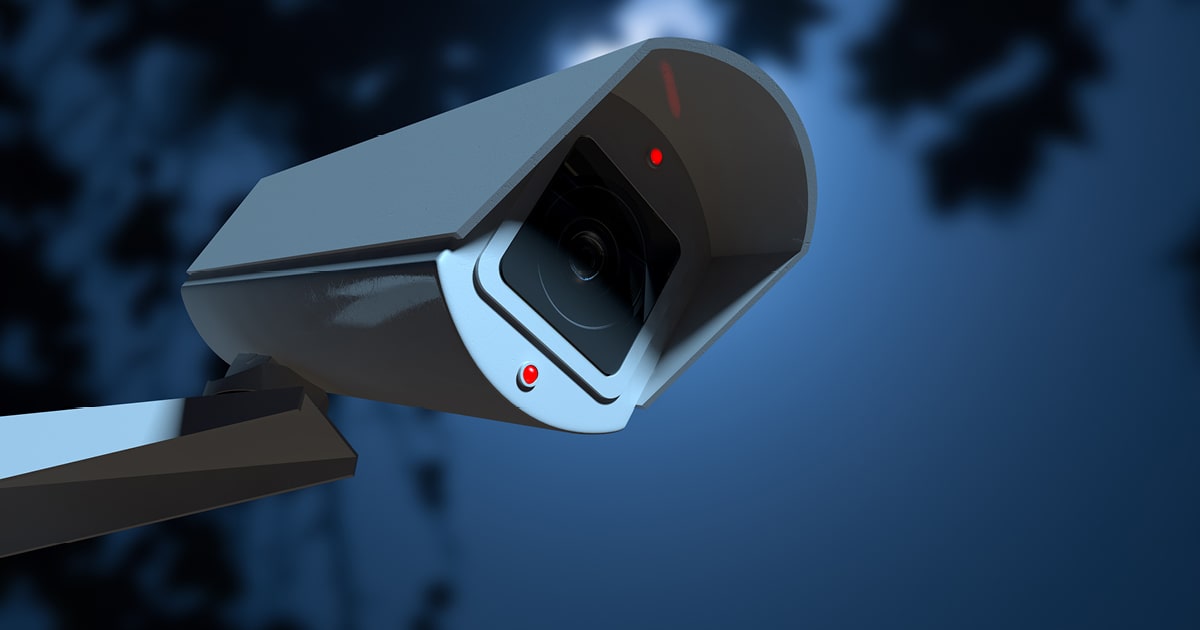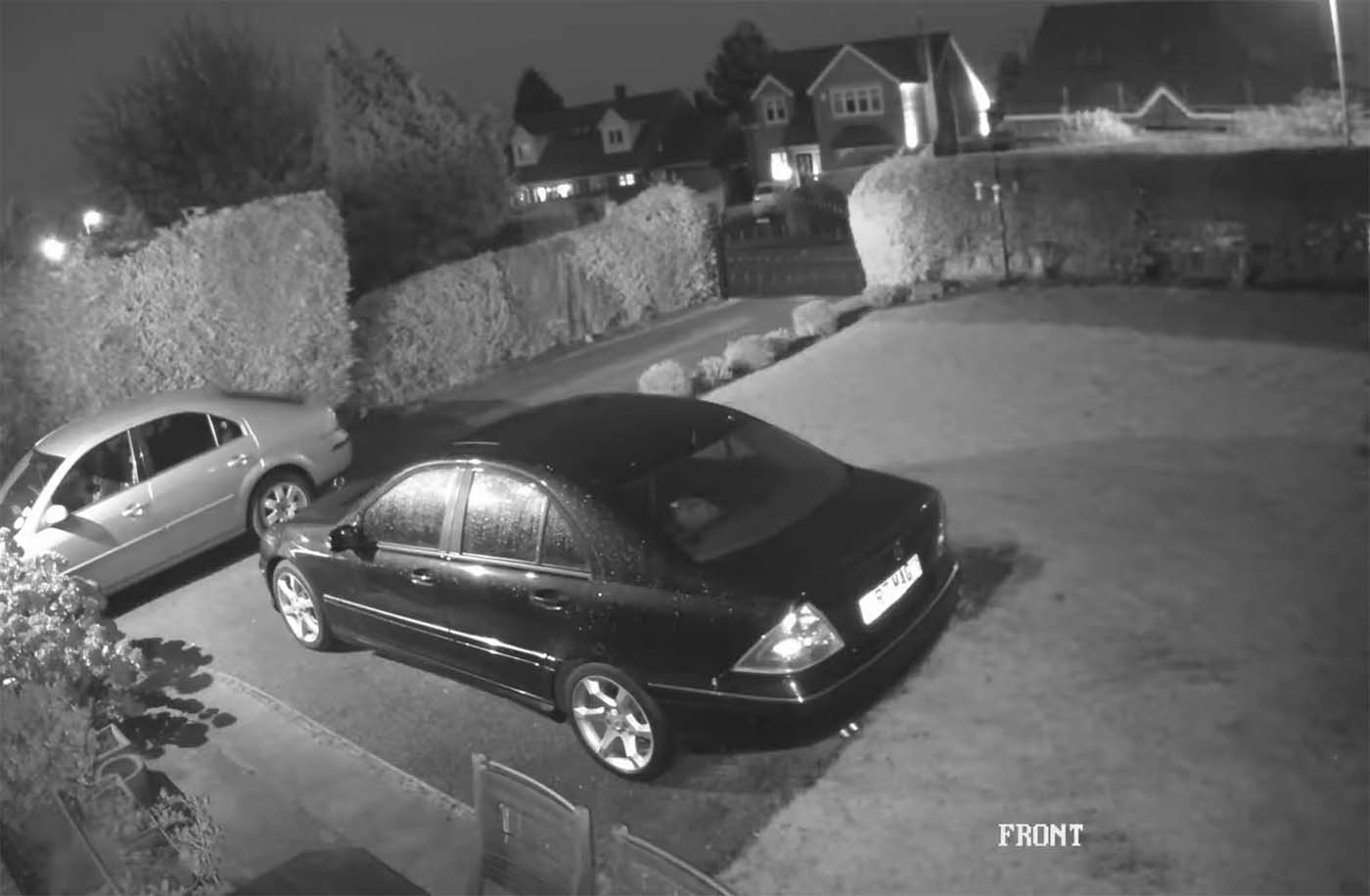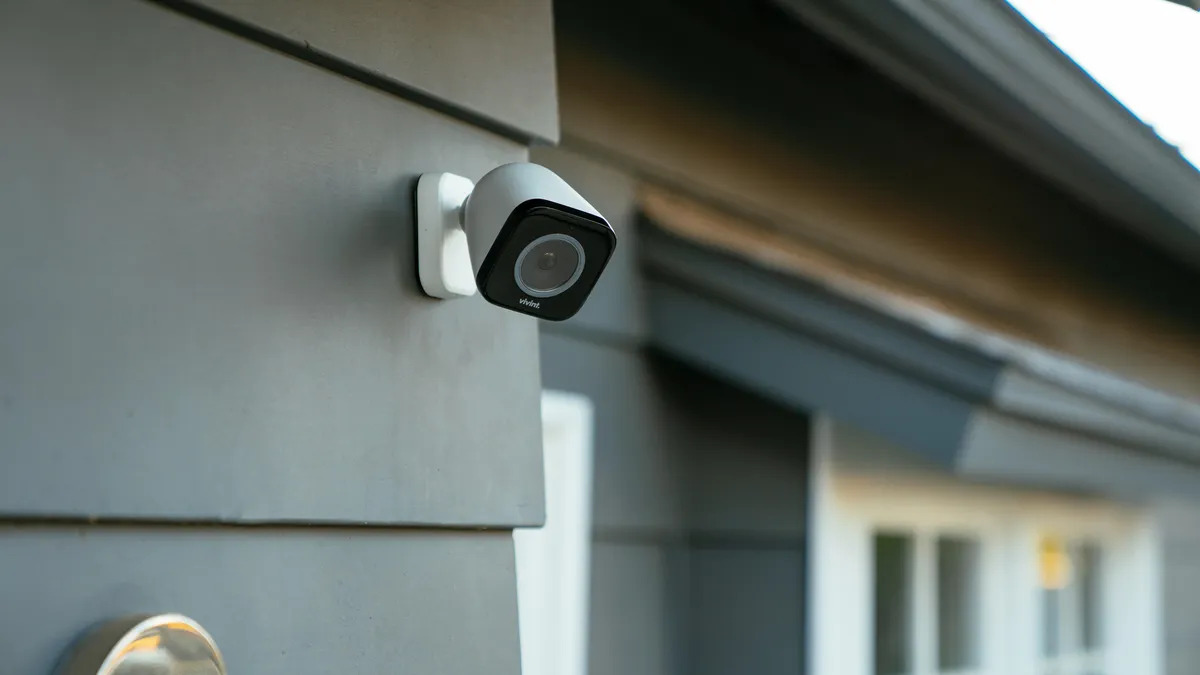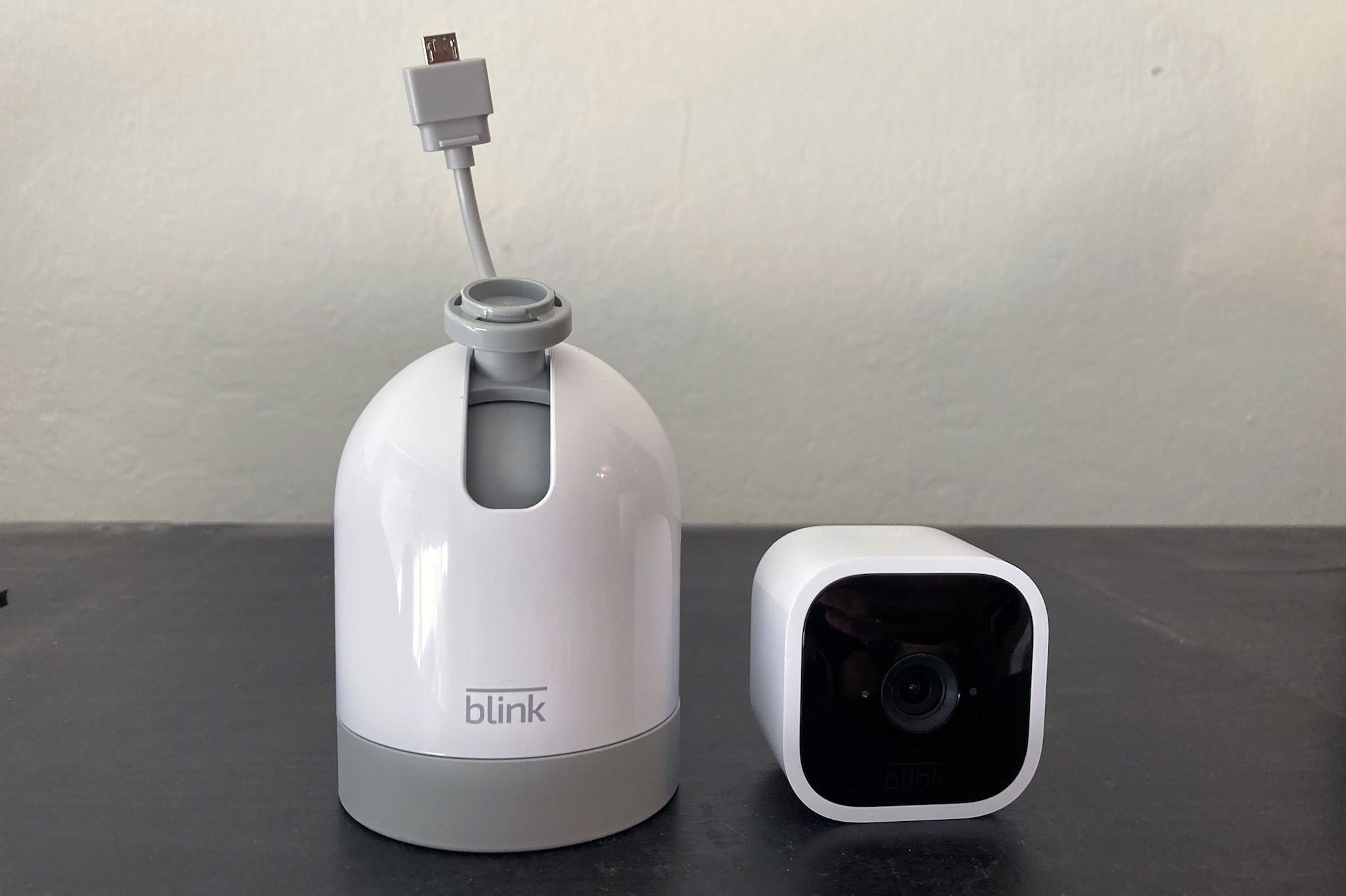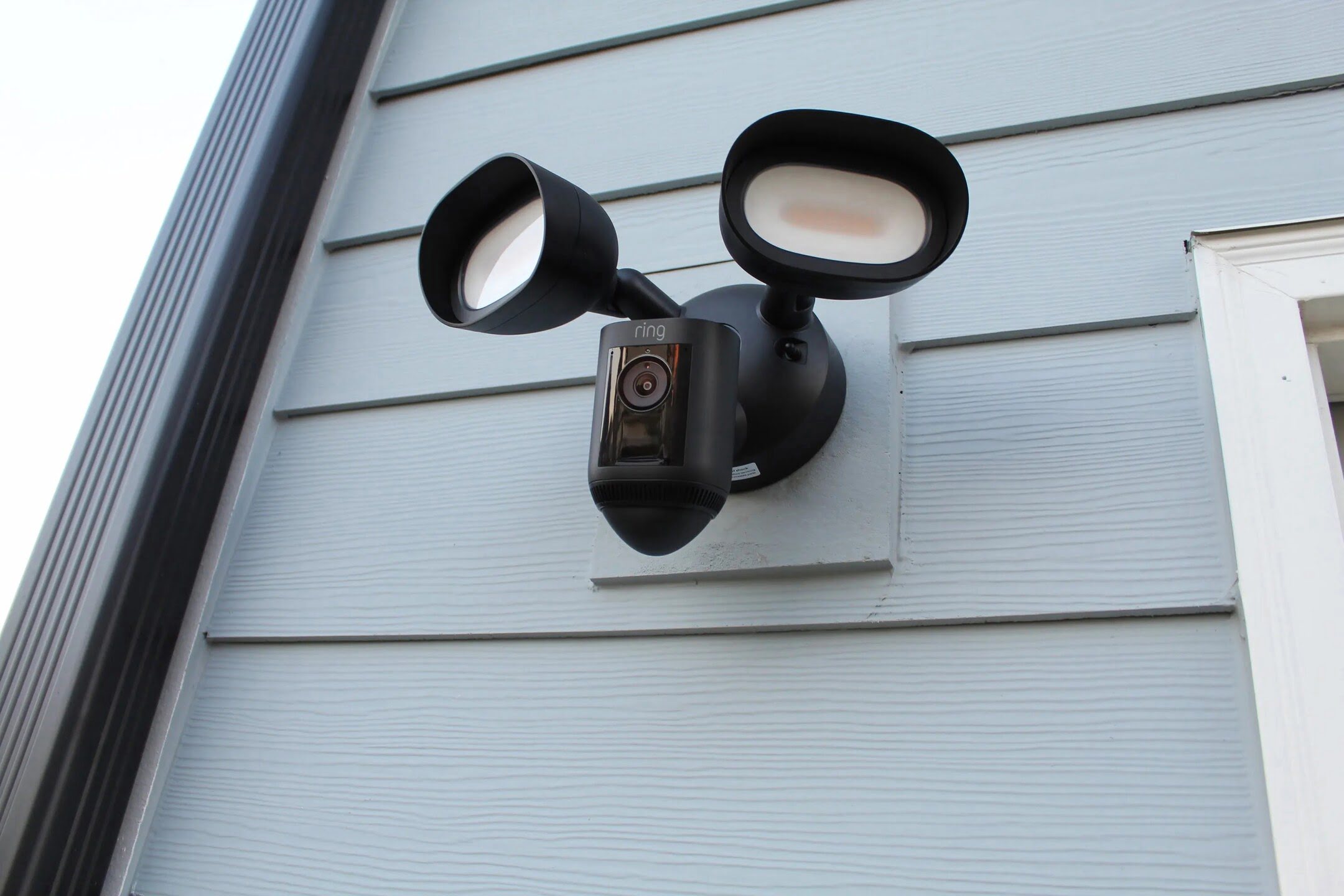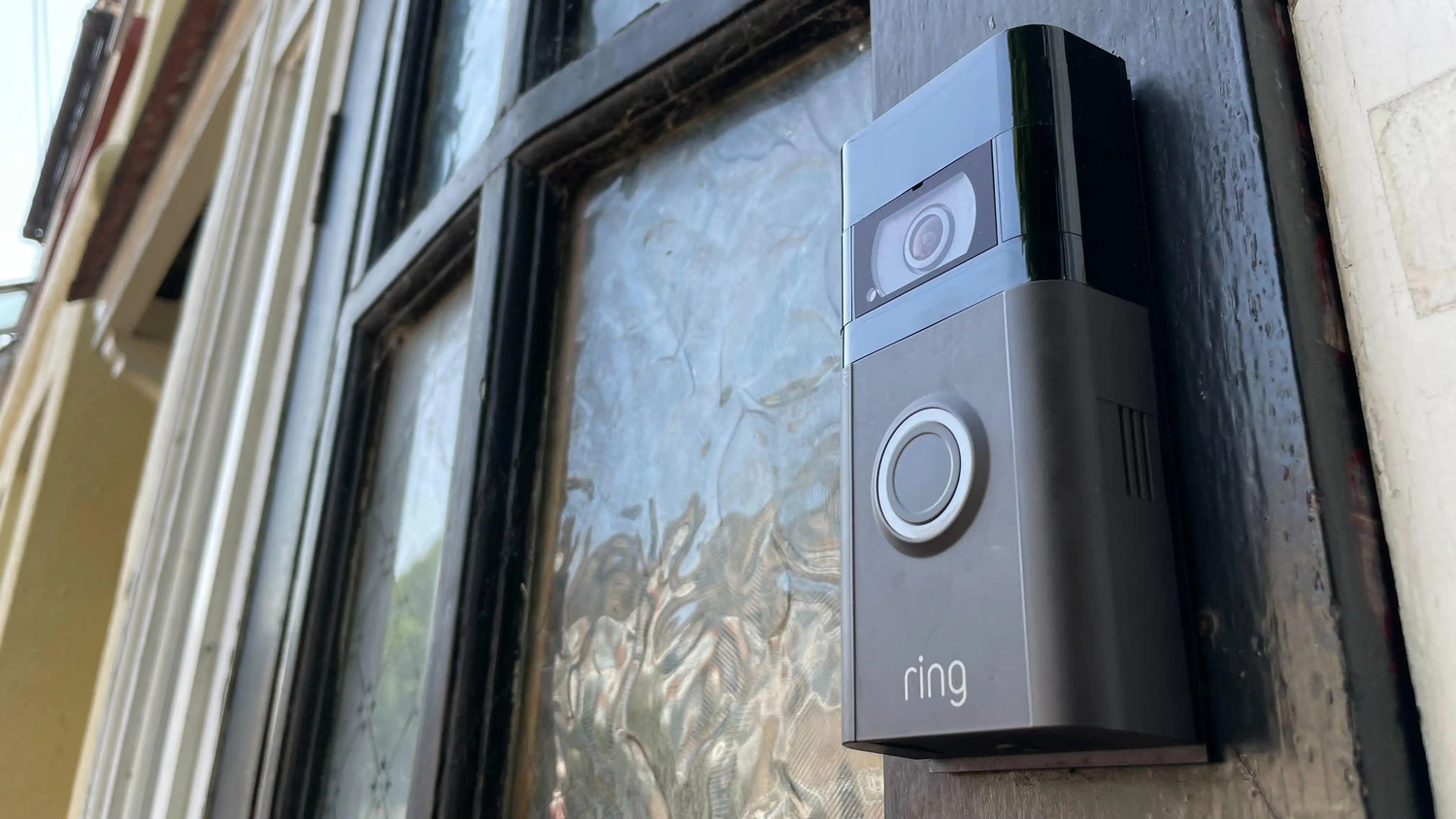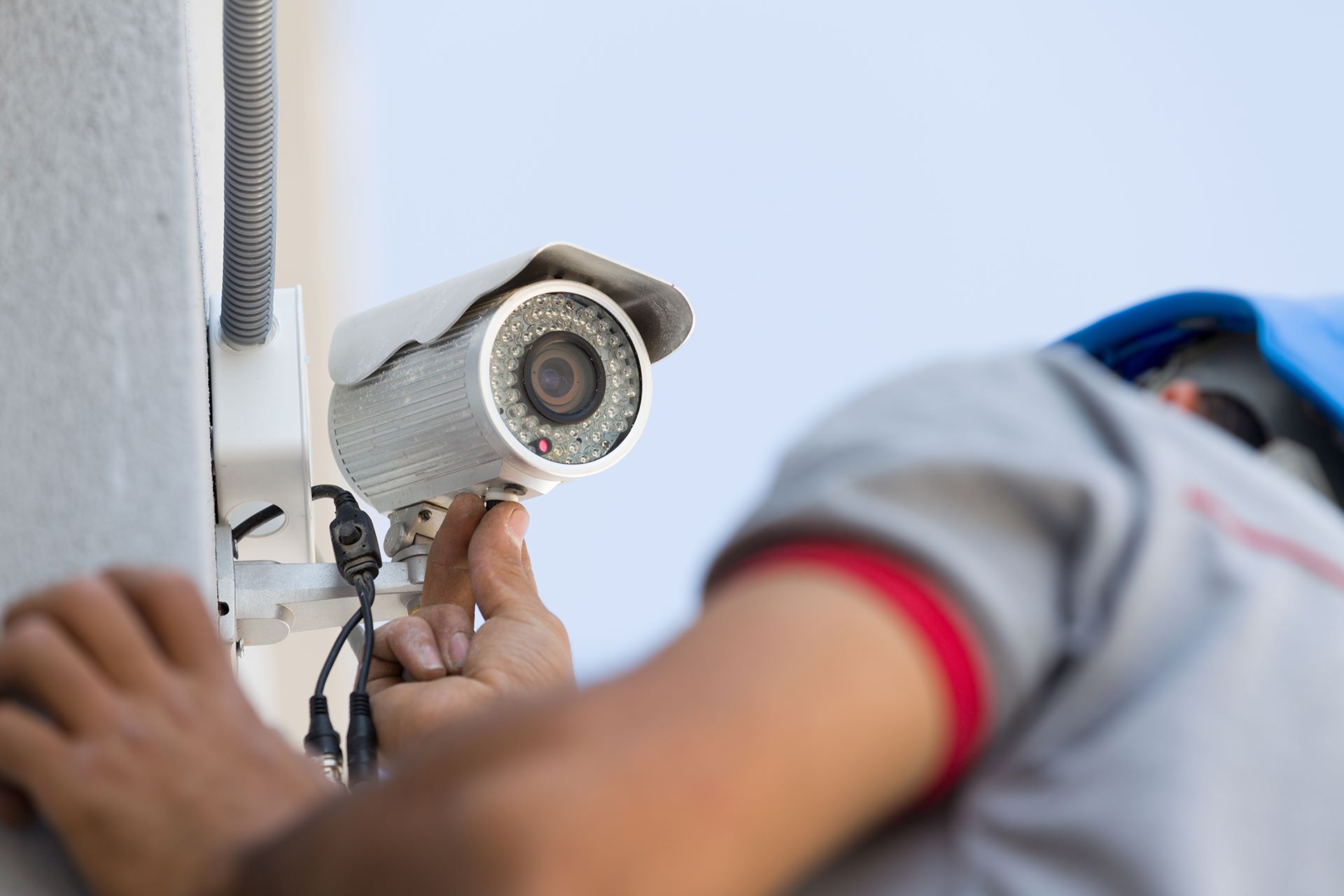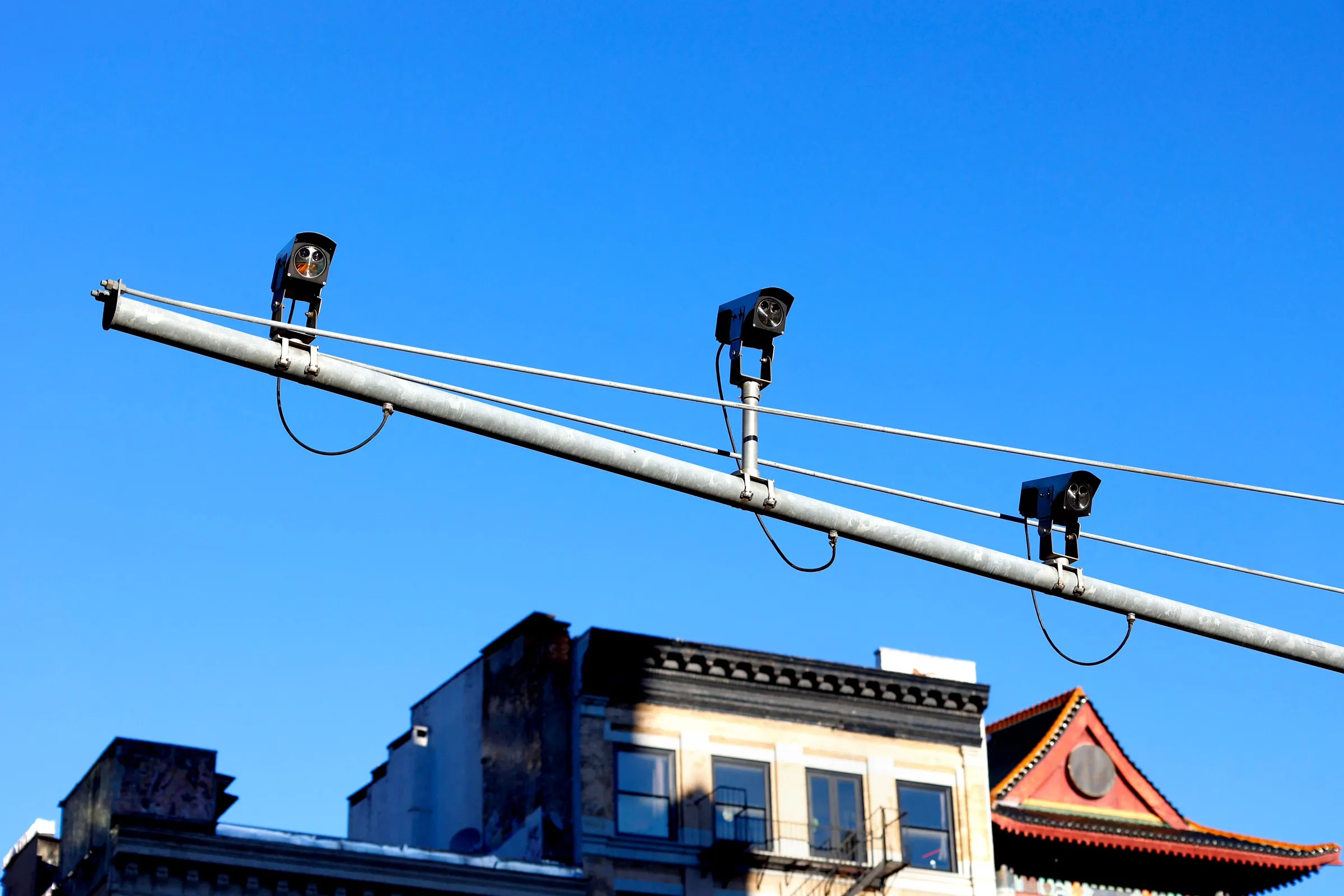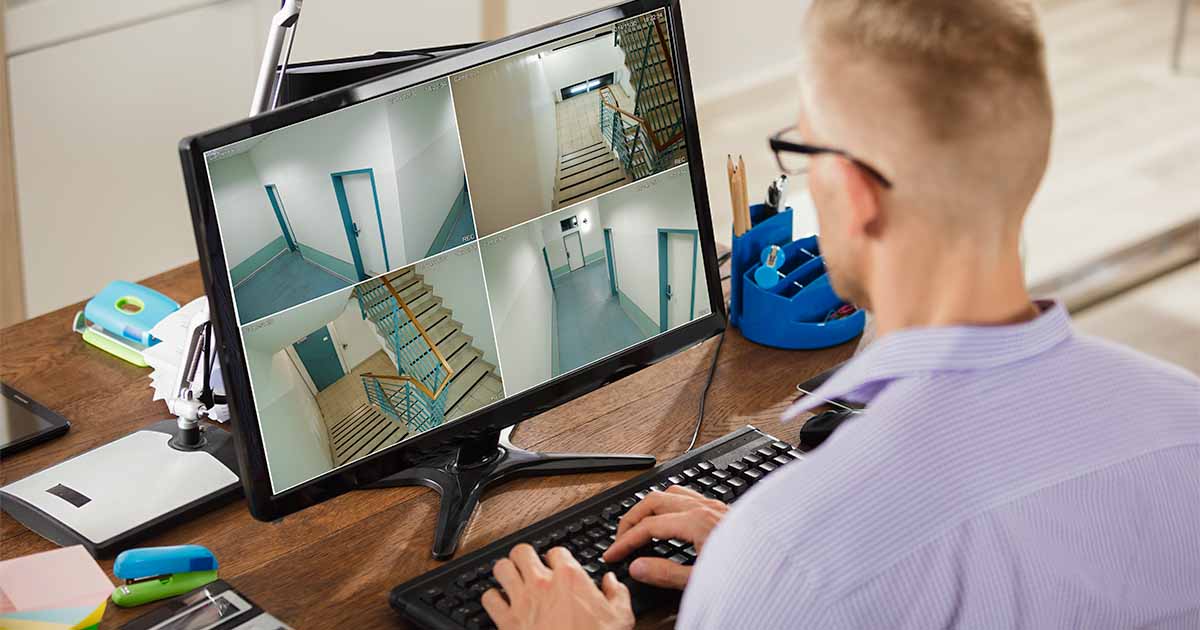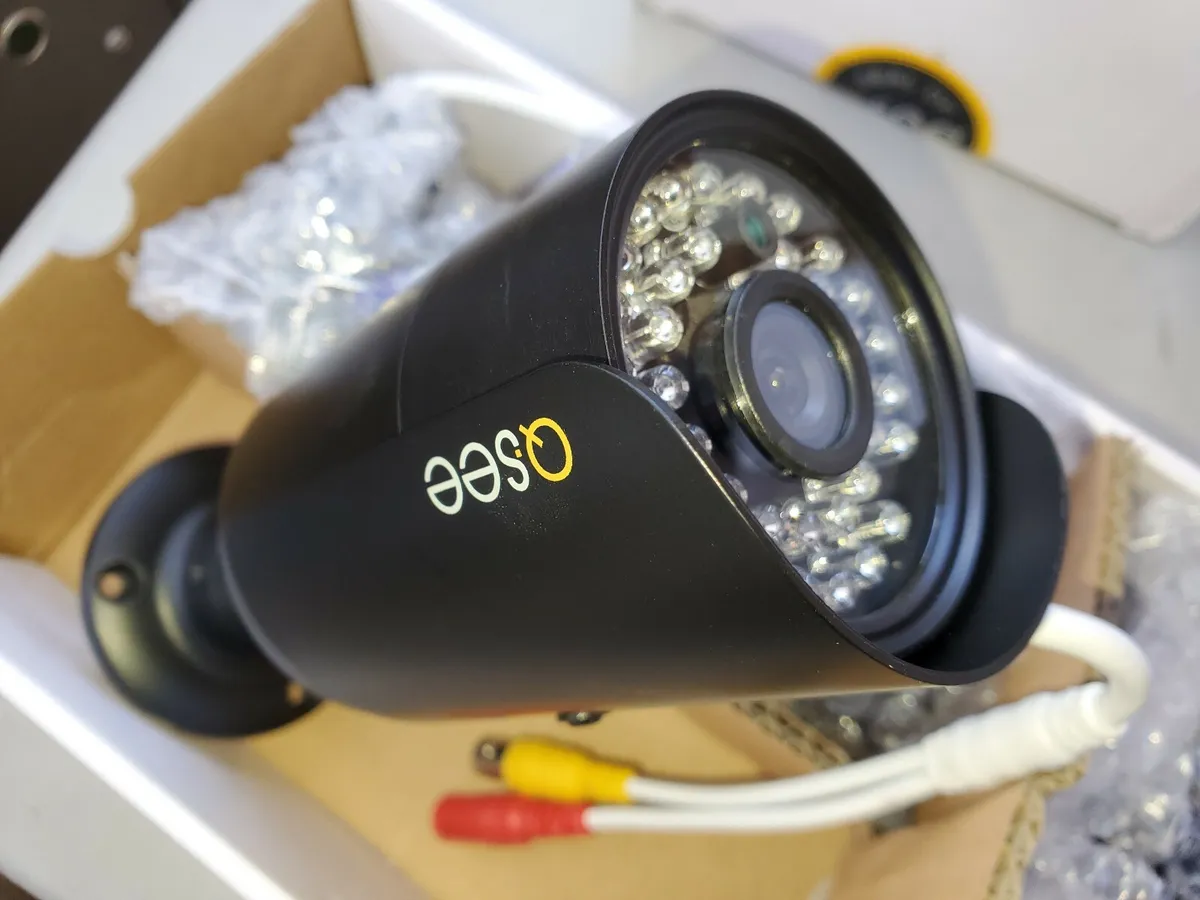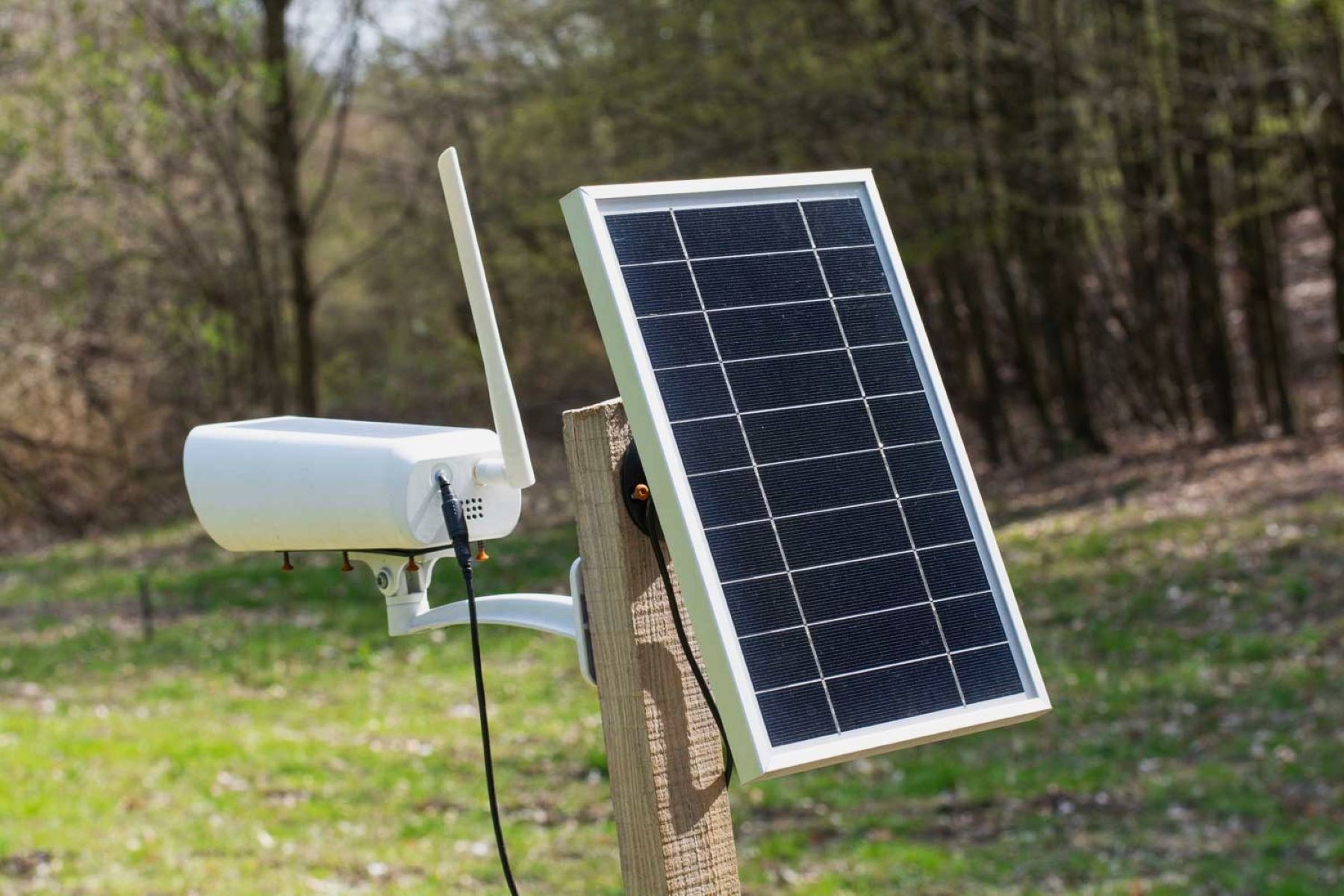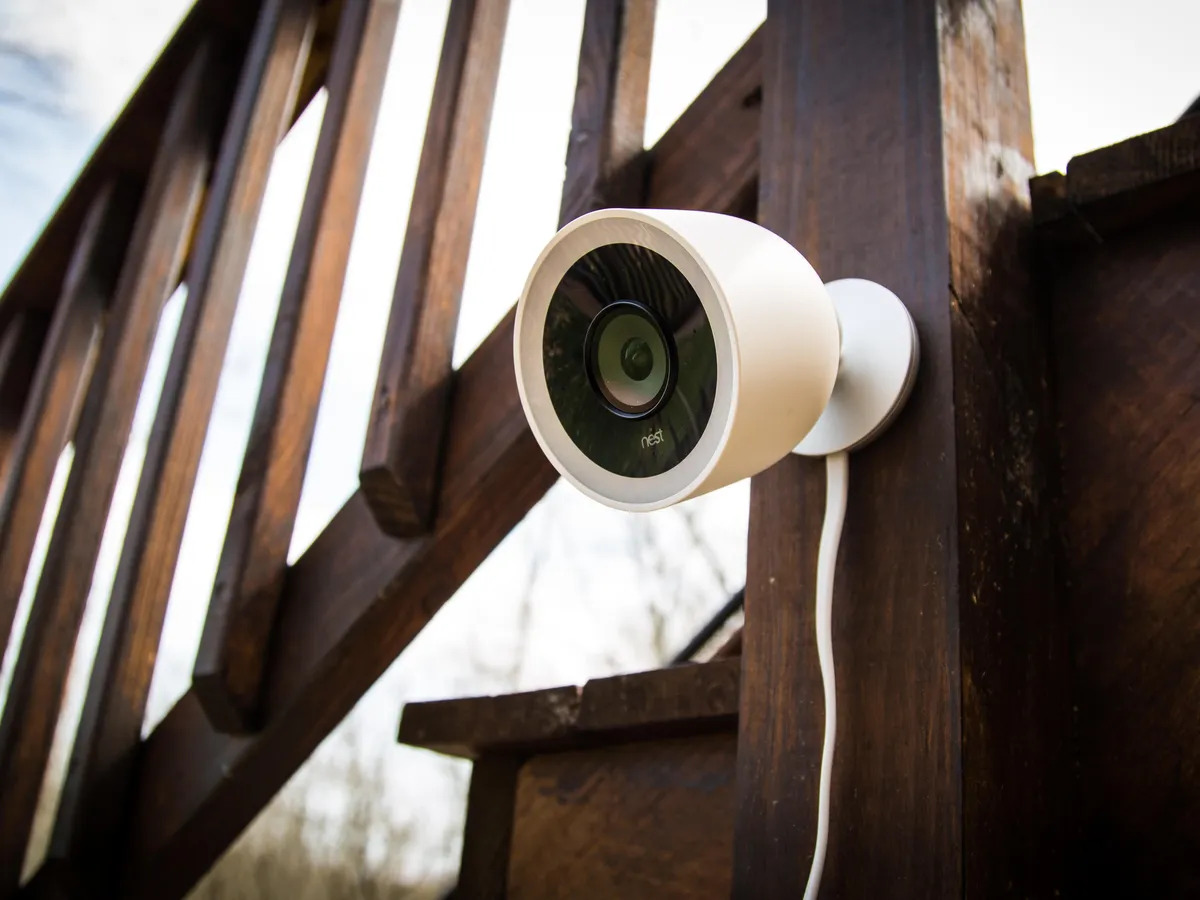Home>Home Security and Surveillance>How Far Can School Outdoor Cameras See
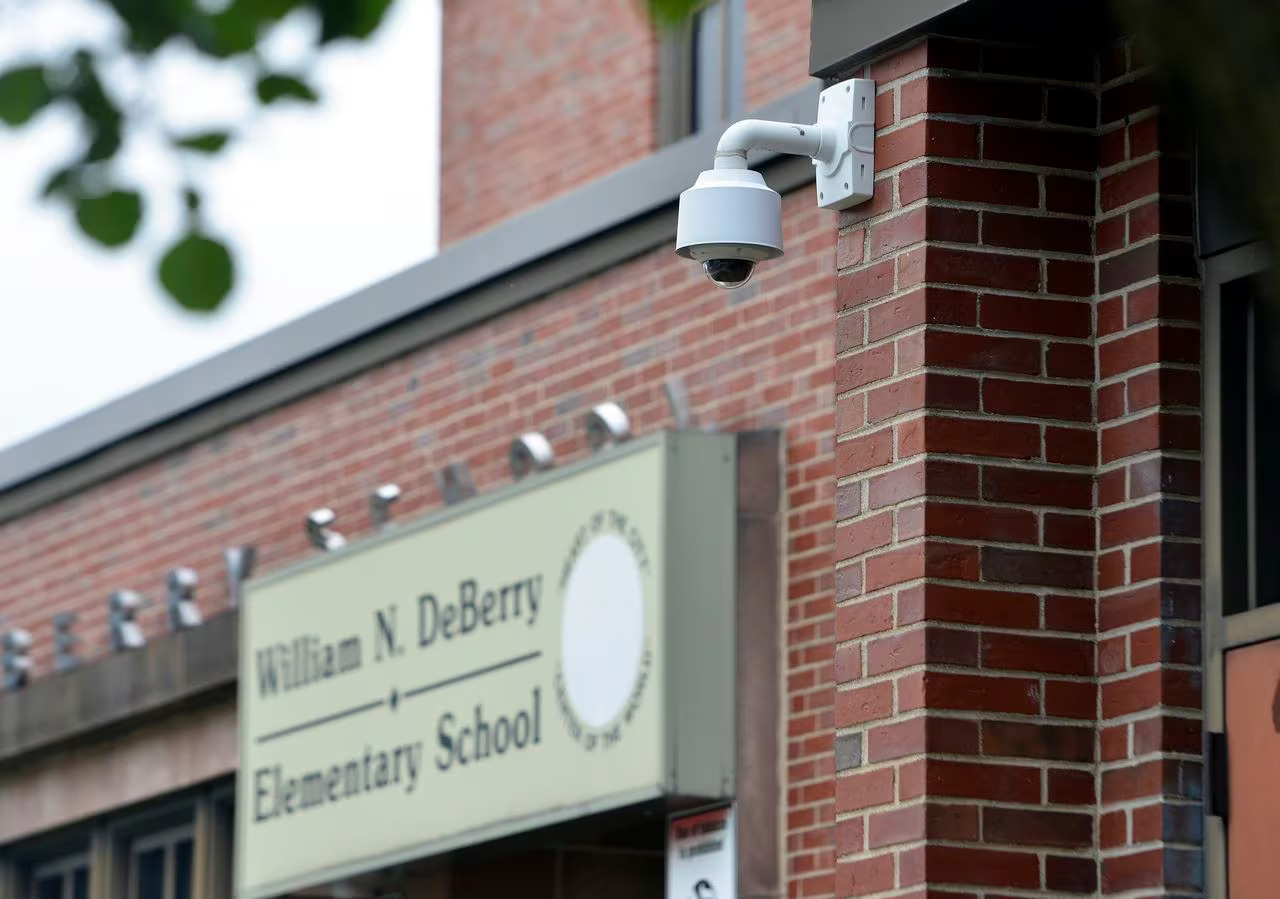

Home Security and Surveillance
How Far Can School Outdoor Cameras See
Modified: October 19, 2024
Improve your home security and surveillance with school outdoor cameras. Learn how far these cameras can see and enhance your overall safety.
(Many of the links in this article redirect to a specific reviewed product. Your purchase of these products through affiliate links helps to generate commission for Storables.com, at no extra cost. Learn more)
Introduction
As schools become more focused on ensuring the safety and security of their students and staff, the use of outdoor cameras has become increasingly important. School outdoor cameras not only help to deter potential threats, but they also play a vital role in monitoring and recording any suspicious activities that may occur in the vicinity. Understanding the capabilities and limitations of these cameras is crucial in ensuring optimal surveillance and protection.
In this article, we will explore the importance of school outdoor cameras, the factors that affect their visibility range, considerations for camera placement, advancements in technology, legal and ethical considerations, and best practices for maintenance. By delving into these topics, we aim to provide a comprehensive understanding of how school outdoor cameras contribute to a safer and more secure educational environment.
Key Takeaways:
- School outdoor cameras are like superheroes, deterring bad guys, keeping an eye on school areas, and helping solve mysteries if something goes wrong. They make schools safer for everyone!
- Outdoor cameras at schools are like high-tech detectives, using cool technology to see far and wide, even in the dark. They follow rules to respect privacy and need regular check-ups to stay sharp.
Read more: How Far Away Can Nest Outdoor Camera See
The Importance of School Outdoor Cameras
School outdoor cameras serve as a critical component of a comprehensive security system. They act as a deterrent to potential intruders and provide a means of monitoring and recording any suspicious activities in and around the school premises. Here are a few key reasons why school outdoor cameras are essential:
- Preventing and deterring crime: The presence of outdoor cameras can discourage criminal activities such as vandalism, theft, and trespassing. Potential intruders are less likely to target a school with visible surveillance cameras, knowing that their actions will be captured on video.
- Monitoring school grounds: Outdoor cameras help school administrators and security personnel keep a close eye on the entry and exit points, parking lots, playgrounds, and other outdoor areas. This allows for real-time monitoring and enables swift response to any suspicious or potentially dangerous situations.
- Investigating incidents: In the unfortunate event of an incident or crime, school outdoor cameras provide valuable evidence for investigations. The recorded footage can be reviewed to identify perpetrators, gather information, and assist law enforcement in their efforts to bring the culprits to justice.
- Ensuring student safety: The safety and well-being of students is a top priority for every educational institution. Outdoor cameras help to create a secure environment by monitoring for any potential threats or suspicious behavior. This allows for rapid intervention and prompt notification of authorities if necessary.
- Reducing liability: Schools have a duty to protect their students, staff, and visitors while on the premises. Outdoor cameras contribute to risk management by documenting events and activities, which can be crucial in resolving liability claims or disputes.
Overall, school outdoor cameras play a vital role in deterring criminal activity, enhancing security measures, and protecting the well-being of everyone within the school community. By investing in a robust outdoor camera system, schools can have peace of mind knowing that they have an added layer of protection in place.
Factors Affecting the Visibility Range of School Outdoor Cameras
The visibility range of school outdoor cameras can vary depending on several factors. Understanding these factors is crucial in maximizing the effectiveness of surveillance and ensuring optimal coverage. Here are some key factors that affect the visibility range of outdoor cameras:
- Camera resolution: The resolution of the camera determines the level of detail captured in the footage. Higher-resolution cameras can capture clearer images, allowing for better visibility and identification of objects and individuals at greater distances.
- Camera lens: The type of lens used in the camera also plays a significant role in the visibility range. A wider-angle lens allows for a broader field of view but may sacrifice detail at longer distances. On the other hand, a telephoto lens provides more zoom capabilities, enabling surveillance of objects and individuals at greater distances, but with a narrower field of view.
- Environmental conditions: Factors such as lighting conditions, weather, and obstructions can impact the visibility range of outdoor cameras. Poor lighting conditions, such as during nighttime or in areas with low ambient light, can limit visibility. Similarly, harsh weather conditions like heavy rain or fog may affect the clarity of the images captured. Additionally, obstructions such as trees, shrubs, or buildings can obstruct the camera’s line of sight, reducing the visibility range.
- Camera positioning and angle: Proper camera placement plays a critical role in maximizing the visibility range. Cameras positioned at elevated heights can provide a broader view and extend the visibility range. The angle at which the camera is positioned also affects its effectiveness. Tilted downward, the camera can capture more details closer to the ground, while a straighter angle can extend the range towards the horizon.
- Camera capabilities: Different camera models offer varying levels of zoom, infrared capabilities, and other advanced features. Cameras with optical zoom can capture clearer images of distant objects, while those equipped with infrared technology can provide visibility in low-light or nighttime conditions.
It is important to consider these factors when selecting and installing outdoor cameras for schools. By evaluating the specific needs and requirements of the surveillance area, schools can choose the appropriate camera models, lenses, and positioning to optimize the visibility range and capture reliable and actionable footage.
Camera Placement Considerations
The proper placement of school outdoor cameras is crucial for maximizing their effectiveness and ensuring comprehensive surveillance coverage. Here are some important considerations to keep in mind when determining the placement of cameras:
- Entry and exit points: Cameras should be strategically positioned to monitor all main entry and exit points, including doors, gates, and parking lot entrances. This provides critical surveillance of individuals entering or leaving the school premises.
- Perimeter coverage: It is important to have cameras placed along the perimeter of the school grounds to monitor the surrounding areas. This includes walls, fences, and any other potential points of access or egress.
- Coverage of high-risk areas: Identify and prioritize areas that may be at a higher risk, such as playgrounds, bike racks, or areas prone to vandalism. Ensure that cameras are positioned to adequately monitor these areas and deter potential incidents.
- Line of sight: Avoid obstructions that may hinder the camera’s line of sight, such as overgrown trees, shrubs, or buildings. Ensure that cameras have a clear and unobstructed view of their intended surveillance area.
- Height and angle: Consider mounting cameras at elevated heights to extend their field of view and minimize tampering. The angle at which the camera is positioned can also impact its effectiveness. For example, tilting a camera downward may be suitable for monitoring walkways, while a straighter angle may be more appropriate for wider areas.
- Lighting conditions: Take into account the lighting conditions of the surveillance area. Ensure that cameras are positioned to minimize glare from direct sunlight or artificial lighting, as this can impact the clarity of the captured footage.
- Potential blind spots: Identify and address any potential blind spots that may exist in the surveillance coverage. Consider using multiple cameras or adjusting the positioning of existing cameras to eliminate these blind spots.
- Data and power connections: Ensure that sufficient data and power connections are accessible for the cameras, taking into consideration wiring requirements and distances to control rooms or recording devices.
By carefully considering these placement considerations, schools can optimize the coverage of their outdoor camera systems, effectively monitor critical areas, and enhance the overall security of their premises.
Consider the camera’s resolution and lens focal length to estimate the distance it can see. Higher resolution and longer focal length can see farther.
Technology Advances in Outdoor Camera Systems
The rapid advancements in technology have significantly enhanced the capabilities of outdoor camera systems, providing schools with more sophisticated and efficient surveillance solutions. Here are some of the notable technology advances in outdoor camera systems:
- High-definition (HD) and Ultra-High-Definition (4K) Resolution: Outdoor cameras now offer higher resolutions, such as HD and 4K, which provide incredibly detailed and sharp images. This allows for better identification and recognition of individuals and objects, even at greater distances.
- Wide Dynamic Range (WDR) Imaging: WDR technology ensures clear visibility in environments with varying lighting conditions. It balances the exposure levels, preventing overexposure in bright areas and enhancing details in darker areas, resulting in high-quality footage.
- IR (Infrared) Illumination: Cameras equipped with IR illumination can capture clear images in low-light or complete darkness. IR technology uses infrared light to illuminate the surveillance area, allowing for visibility without the need for additional lighting sources.
- PTZ (Pan-Tilt-Zoom) Cameras: PTZ cameras offer the ability to pan, tilt, and zoom, providing flexible coverage of large outdoor areas. With remote control capabilities, these cameras can be operated to focus on specific points of interest and track moving objects.
- Video Analytics: Advanced video analytics technologies, such as motion detection, facial recognition, and object tracking, help to automate the surveillance process. These features can alert security personnel to unusual activities, track specific individuals, or detect unauthorized access attempts.
- Network Video Recorders (NVRs): NVRs have replaced traditional analog DVRs, offering higher storage capacities, scalability, and ease of remote access. They allow for the seamless recording, archiving, and retrieval of footage from multiple outdoor cameras.
- Wireless Connectivity: Outdoor cameras now support wireless connectivity, eliminating the need for extensive wiring infrastructure. This provides flexibility in camera placement and simplifies installation and maintenance processes.
- Cloud-Based Storage and Monitoring: Cloud-based storage solutions enable schools to store their camera footage securely offsite, eliminating the risk of data loss or theft. Additionally, cloud-based monitoring allows for remote access to live camera feeds and recorded footage from anywhere with an internet connection.
These technology advances have revolutionized outdoor camera systems, offering higher image quality, better visibility, enhanced control, and simplified management. Schools can leverage these advancements to strengthen their security measures and improve their ability to monitor and respond to potential threats.
Read more: How Far Can Home Security Cameras See
Legal and Ethical Considerations of School Outdoor Cameras
While school outdoor cameras serve as valuable tools for enhancing security, it is important for educational institutions to carefully consider the legal and ethical implications associated with their use. Here are some key considerations:
- Privacy rights: Schools must strike a balance between ensuring the safety of their students and staff while respecting individual privacy rights. It is crucial to comply with applicable privacy laws and regulations and clearly communicate the presence and purpose of outdoor cameras to students, staff, and visitors.
- Camera placement: Careful thought must be given to camera placement to avoid capturing private areas, such as restrooms or changing rooms. Cameras should be positioned and angled in a way that limits visibility to public areas only.
- Retaining footage: Schools should establish clear policies regarding the retention of camera footage. It is important to determine how long the footage will be stored and who has access to it. Retention periods should align with legal requirements and the specific needs of the school.
- Data protection: Schools must implement appropriate security measures to protect the recorded footage from unauthorized access and misuse. This includes encrypting the data, restricting access to authorized personnel, and implementing secure storage solutions.
- Consent and notification: Schools should inform individuals about the presence of outdoor cameras and their intended purpose. This can be done through visible signage throughout the campus and clear communication in student and staff handbooks.
- Use of facial recognition technology: If facial recognition technology is implemented, schools must carefully consider the privacy concerns associated with this technology and comply with relevant laws and regulations. Consent and proper safeguards should be in place to protect the privacy of individuals.
- Access control: Schools should have clear policies and procedures in place to restrict access to the recorded footage. Only authorized personnel, such as school administrators and security personnel, should have access to the footage, and they should use it solely for legitimate security purposes.
- Regular audits and assessments: Schools should conduct periodic reviews and assessments of their outdoor camera systems to ensure compliance with legal and ethical standards. This includes evaluating camera placement, reviewing access logs, and updating policies and procedures as necessary.
By considering these legal and ethical considerations, schools can ensure that their use of outdoor cameras aligns both with the law and with principles of respect for privacy and individual rights. It is essential to strike a balance between enhancing security and protecting the privacy and dignity of everyone within the school community.
Best Practices for Maintaining School Outdoor Cameras
Maintaining school outdoor cameras is crucial to ensure their optimal performance and longevity. Regular maintenance and adherence to best practices can help schools maximize the effectiveness and reliability of their surveillance systems. Here are some key practices for maintaining school outdoor cameras:
- Schedule regular inspections: Conduct routine inspections of the cameras to check for any physical damage or signs of tampering. This includes checking the housing, mounting brackets, cables, and connections.
- Keep cameras clean: Regularly clean the camera lenses to remove dirt, dust, and debris that can obstruct the view and affect image quality. Use a soft, lint-free cloth and lens cleaner specifically designed for camera lenses.
- Ensure proper power supply: Check the power source and connections to ensure a stable and uninterrupted power supply to the cameras. Consider using surge protectors or uninterruptible power supply (UPS) systems to safeguard against power fluctuations or outages.
- Monitor storage capacity: Keep an eye on the storage capacity of the recording devices, whether it’s a Network Video Recorder (NVR) or a cloud-based storage solution. Regularly review the storage utilization and implement appropriate measures to ensure sufficient space is available for recording.
- Update firmware: Regularly check for firmware updates provided by the camera manufacturer and install them to keep the cameras up to date with the latest features, security patches, and performance enhancements.
- Test camera functionality: Periodically test the functionality of the cameras by reviewing live feeds and recorded footage. Ensure that the cameras are capturing clear images, the pan-tilt-zoom (PTZ) functionality (if available) is working smoothly, and any advanced features are functioning as intended.
- Maintain a backup system: Implement a backup system or redundancy plan to avoid data loss in the event of a camera or storage device failure. Regularly back up recorded footage to an offsite location or use redundant storage solutions for added data protection.
- Keep records: Maintain detailed records of maintenance activities, including inspection dates, firmware updates, repairs, and any other relevant information. This documentation can be helpful for troubleshooting issues and tracking the performance history of the cameras.
- Train staff: Provide proper training to authorized personnel responsible for monitoring and maintaining the camera system. Ensure they understand the proper procedures for accessing the cameras, reviewing footage, and troubleshooting common issues.
- Establish a maintenance schedule: Develop a maintenance schedule that includes regular cleaning, inspection, and testing of the cameras. Assign specific responsibilities to staff members and create a system for reporting and addressing any defects or irregularities promptly.
By following these best practices, schools can ensure the longevity and optimal performance of their outdoor camera systems. Regular maintenance and careful monitoring will help maintain a reliable and effective surveillance infrastructure to enhance the safety and security of the school community.
Conclusion
School outdoor cameras play a crucial role in enhancing the safety and security of educational institutions. They serve as a deterrent to potential threats while providing monitoring and recording capabilities to aid in investigations. Understanding the factors that affect the visibility range of outdoor cameras and carefully considering their placement ensures optimal surveillance coverage.
Advancements in technology have greatly enhanced the capabilities of outdoor camera systems, offering high-definition resolutions, infrared illumination, video analytics, and remote access options. These advancements empower schools to implement more sophisticated and efficient surveillance solutions.
However, it is important to navigate the legal and ethical considerations associated with school outdoor cameras. Respecting privacy rights, obtaining consent, and implementing appropriate security measures are essential. Schools must maintain transparency, establish clear policies, and regularly assess their camera systems to ensure compliance with legal requirements and ethical standards.
Proper maintenance of outdoor cameras is crucial to ensure their reliability and longevity. Regular inspections, cleaning, firmware updates, and monitoring of storage capacity help to keep the cameras in optimal condition. Additionally, training staff members and establishing a maintenance schedule ensures the effective operation of the camera system.
In conclusion, school outdoor cameras are essential tools for enhancing the safety and security of educational institutions. By understanding the importance of these cameras, considering the visibility range, adhering to legal and ethical principles, and implementing best practices for maintenance, schools can create a safer environment for students, staff, and visitors. The continuous advancements in technology provide opportunities to enhance surveillance capabilities and adapt to evolving security needs. By investing in comprehensive outdoor camera systems and following best practices, schools can fortify their security measures and provide a secure learning environment for all.
Frequently Asked Questions about How Far Can School Outdoor Cameras See
Was this page helpful?
At Storables.com, we guarantee accurate and reliable information. Our content, validated by Expert Board Contributors, is crafted following stringent Editorial Policies. We're committed to providing you with well-researched, expert-backed insights for all your informational needs.
